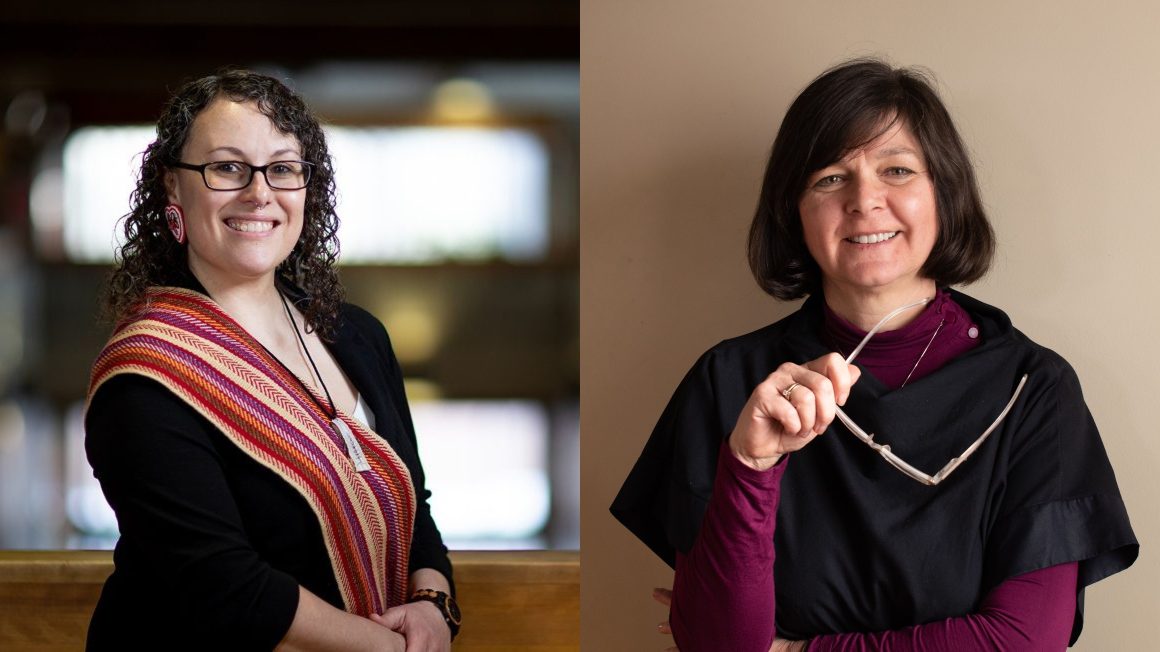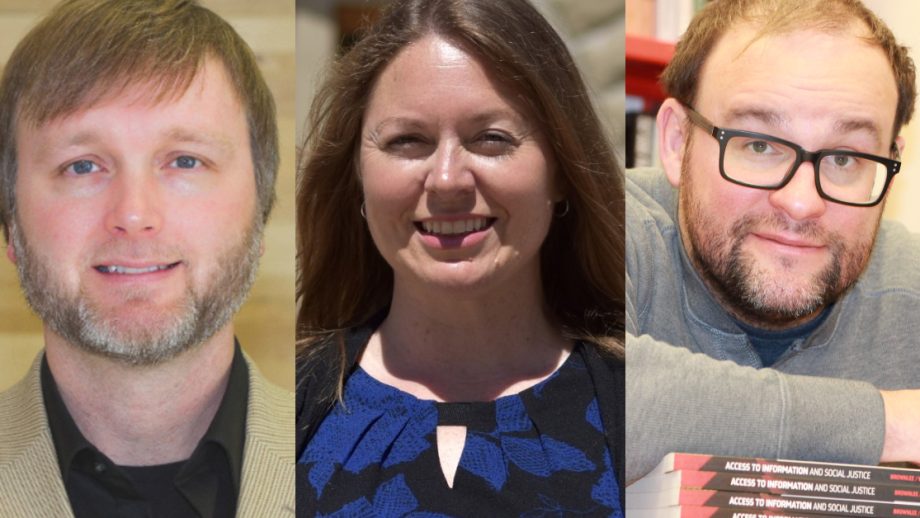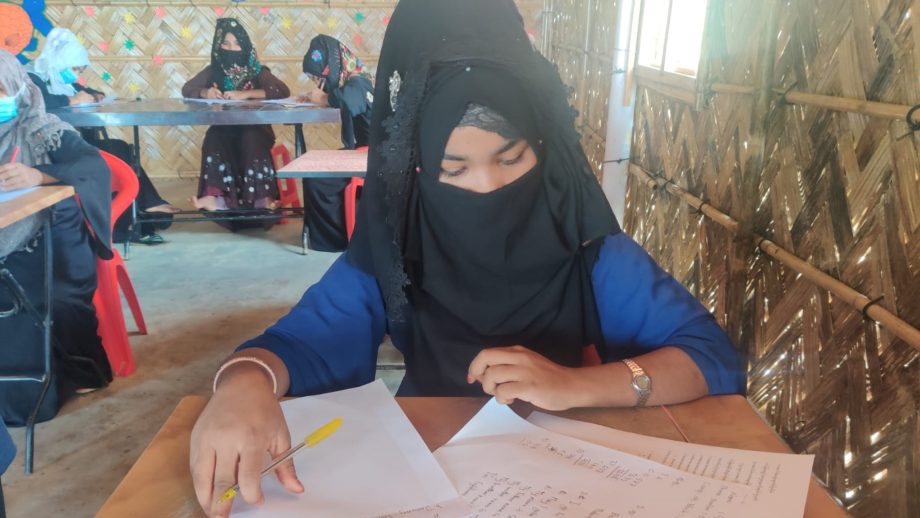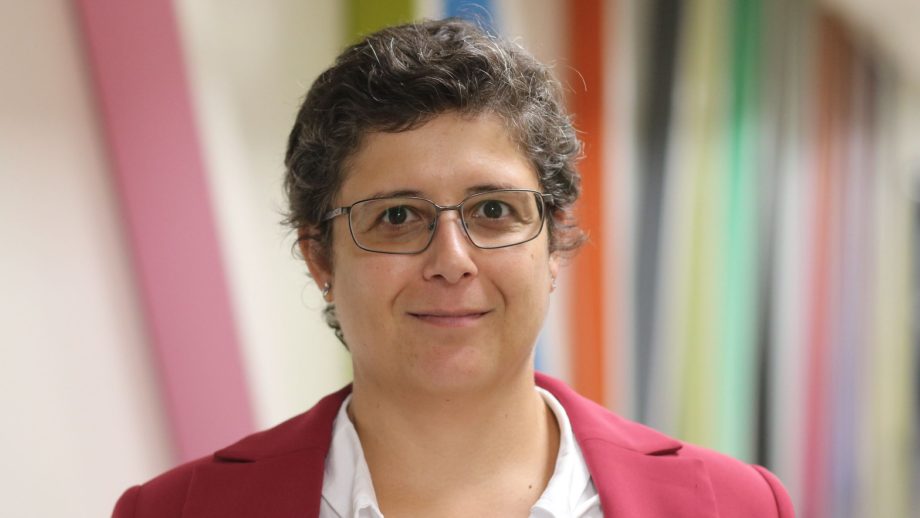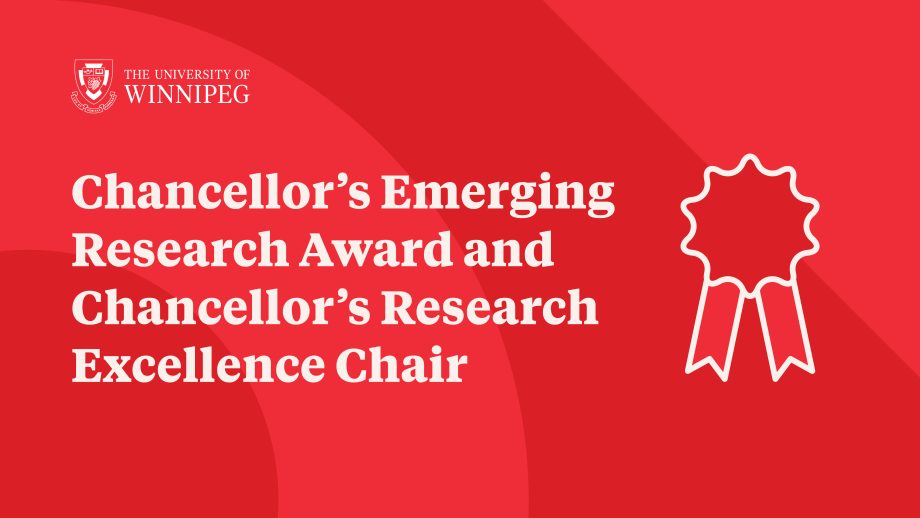Two University of Winnipeg faculty members – Dr. Chantal Fiola and Dr. Mirjana Roksandic – are receiving Social Sciences and Humanities Research Council (SSHRC) Partnership Development Grants each valued at $199,000.
Partnership Development Grants provide support to researchers who are:
- developing research and/or related activities in the social sciences and humanities – these can include knowledge mobilization and the meaningful involvement of students and emerging scholars – by fostering new partnerships with existing and/or potential partners; or
- designing and testing new partnership approaches for research and/or related activities that can result in best practices or models. These can either be adapted by others or have the potential to be scaled up to a regional, national, or international level.
Dr. Chantal Fiola
Dr. Fiola, Interim Associate Vice-President, Indigenous, and Associate Professor in the Department of Urban and Inner-City Studies, received $199,989 for her research project: Métis Expressions of Spirituality and Religion Across the Homeland.
In collaboration with co-applicants Emily Grafton, University of Regina, and Paul Gareau, University of Albert, Dr. Fiola is exploring Métis expressions of spirituality and religion, with a focus on the Métis communities of St. Laurent, Manitoba, Lebret, Saskatchewan, and St. Albert, Alberta. The research team will be interviewing Métis community residents at the gatherings and inviting them to participate in talking circles and questionnaires. Métis graduate students are assisting with all aspects of the three-year research project.
“Métis spirituality remains understudied and, until recently, had been written about by non-Indigenous scholars and clergy,” said Dr. Fiola. “Our Métis-led cross-provincial team is excited to partner with historic Métis communities and universities across the Prairies to create space for Métis researchers, Elders, students, artists, advocates, and community members to consider local experiences and knowledges to better understand place-based parallels and nuances within Métis spirituality and religion across our homeland.”
This work will result in an information booklet produced by the Rupertsland Centre for Métis Research; an edited scholarly collection with chapters from community partners, Métis students, and scholars; a 200-level course on Métis spirituality and religion; and a 20-minute video for each community.
By visiting in different historical Métis communities and holding space for Métis expressions of spirituality and religion, this partnership helps Métis Knowledge Keepers, communities, scholars, and students reconstitute ancestral ties, recognize local knowledges, resist racialization, and contribute to the spiritual resurgence of the Métis Nation across the Métis Homeland.
Dr. Mirjana Roksandic
Dr. Roksandic, Professor in the Department of Anthropology, received $199,818 for her research project: Across Landscapes and Continents: Large-Scale Movements of Hominins and Fauna During the Middle Pleistocene.
By investigating the palaeobiological, palaeoecological, and behavioural contexts of Homo bodoensis, Dr. Roksandic’s new research partnership aims to establish the baseline for testing several possible scenarios for the emergence of modern humans.
“While East Africa is famous for its hominin sites, the Chibanian (formally Middle Pleistocene) is poorly represented in the research community,” she explained. “Yet, it is the critical period when hallmarks of humanity as we know it developed. Working with colleagues from Tanzania and Ethiopia on these questions is an amazing opportunity that we intend to develop further by integrating it with the work we are doing in the Eastern Mediterranean.”
Within this goal, the five main objectives are to:
- Analyze the vertebrate fauna composition and artifacts associated with the Bodo 1, Ndutu 1, and Ngaloba (LH 18) skulls;
- Conduct lithic and zooarchaeological analyses to infer the behaviours of the H. bodoensis species;
- Re-analyze Bodo, Ndutu 1 and Ngaloba (LH 18) crania;
- Compare the associated fauna with the detailed taxonomy from sites in the region (Rift Valley and the Afar depression) and sites in the Eastern Mediterranean Area (Balkans, Anatolia, Levant); and
- Develop a best practice model for decolonizing international collaboration, including building the capacity of partner museums in Africa in digital resource management of their collections.
The Social Sciences and Humanities Research Council (SSHRC) is the federal research funding agency that promotes and supports post-secondary-based research and research training in the humanities and social sciences.

